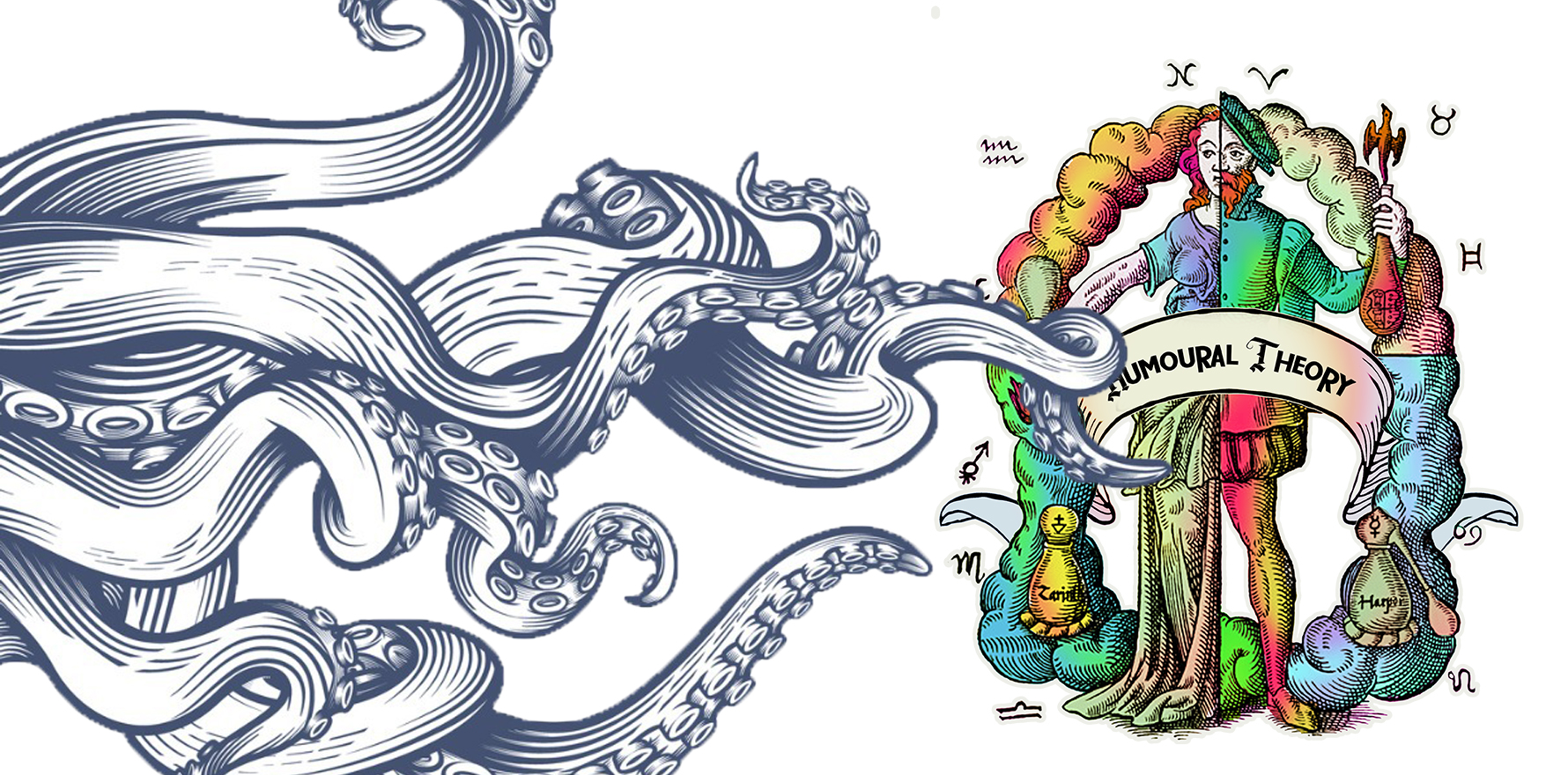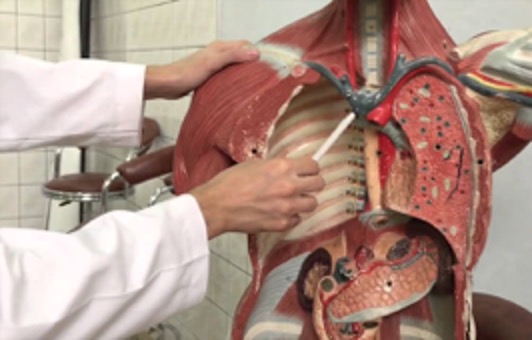If you answered none of the above, congratulations: you failed.
Each year GP registrars sit the Applied Knowledge Test or the AKT.
Comprising 150 questions and with a pass-rate of 63.5% it’s been shown to be both a reliable and discrimatory exam.
However, Professor Candid believes that the curriculum can be broadened and that there’s still room for improvement.
Here are some of his pilot questions:
1. A patient’s LFTs come back showing a slightly raised GGT and AST, a high total protein, a normal bilirubin, a low ALKP, a low AAT and a raised AST. Do you
A. Perform a full liver screen including ANA and mitochondrial antibodies
B. Arrange a liver USS and/or elastography
C. Repeat the LFTs in three months and just hope for the best
2. A patient with short stature presents with a normal calcium, a normal eGFR and an absent PTH resistance. The clinical picture and biochemistry suggests:
A. Albright’s hereditary osteodystrophy
B. Pseudopseudohypoparathroidism
C. This is a job for … endocrinology
3. A patient presents as below. What is the most likely diagnosis?

A. Eczema
B. Psoriasis
C. Hang on, he’s turned into a f£$%ing cat
4. it is 6.30 on a Friday evening. You are just about to leave the practice when one of your heart-sink patients arrives. Do you
A. Invite him or her cordially into your room and thoroughly explore their health concerns
B. Cut the lights, hit the deck, and pretend you’re not there
C. Run out screaming something about a fire
5. A patient who is well known to you wanders into your consulting room.
Do you …
A. Take a through history and perform a full cranial nerve examination concentrating on the six cranial nerves that innervate the sensory, motor and autonomic structures in the eyes.
B. Take a sharp breath and say “Stop it Bill that’s not funny”
C. Ask if he’s really good at those 3D puzzles now
6. This hair-style indicates that the patient has
A. Trichotillomania
B. Cicatricial alopecia
C. Telogen effluvium
D. Terminally bad taste
7. Below is an anatomical model
Correctly label the following:
A. Finnegan’s valve
B. The sphincter of Karamazov
C. Proust’s gland of Frangipane
D. Helveticum
E. May Daymayday’s organ
8. A 35-year-old male patient presents with polydactylism. What is your first response?
A. “Holy shit!!!!”
B. “Holy crap!!!”
C. “Holy shitting crap!!!”
9. You are finding it difficult to fall asleep. Do you read:
A. The Medical Journal of Australia (known for its premium content)
B. The BMJ (which is peer reviewed) or
C. The Medical Republic (which is jolly good fun)?
Congratulations, you have completed the test. If you have answered mainly C’s you’ll make a fine GP!






